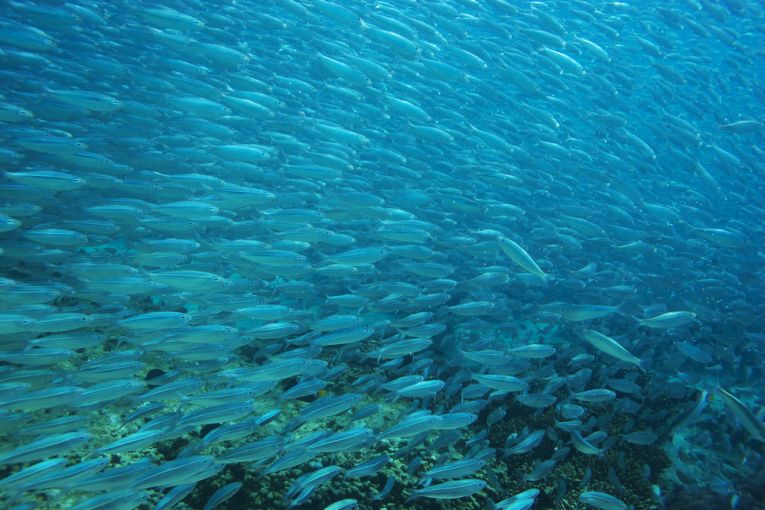The marvel that is the life-histories of eel, salmon, sturgeon and several other fish is called diadromy. Ignoring the wordiness of that, we'll just mention that there are 3 forms: marine to freshwater migration (catadromous); freshwater to marine to freshwater migation, to breed (anadromous); and migrations between salty and fresh waters, without any spawning link (amphidromous.)
If we look at the herring family, it is possible to make out several lines that lead to different types of these life-histories. The two authors of this paper attempted to find any factors promoting such remarkably energetic migrations. They also wanted to discover the conditions under which the migrations evolved and if types of speciation were made easier by diadromy.
The origins of these fish migrations could be to escape from marine predators or simply an ability to capitalise on extensive food supplies in an alternative habitat. Looking at the ancestry of this fish family, the "phylogenetics" give many clues as to how the evolution rolled out. Leaving the gobies and the salmon family, the herring's Clupeiformes has more diadromic species than all other fish groups. This means that about 30 of their species transit between the two habitats.
To perform this complex analysis, 4 genes were studied in all the 153 Clupeiformes, in 64 genera from all the major lines of evolution. This was not as simple as it seemed as many living fish show the ability to migrate, but the alewife, Alosa pseudoharengus , for example, doesn't always feel inclined to migrate with the rest! However, it was found that marine/freshwater types evolved twice and freshwater/marine migraters evolved five times. Many of these animals were very specialised and unique among their relatives.
There is a freshwater breeding herring known as Potamalosa richmondia . Marine ancestors are responsible for this species as well as the tropical African-breeding herring, the bonga shad. The African river-breeder has a freshwater relative there.
Other marine ancestors produced the freshwater/marine Clupeonella cultriventris and 7 species of Alosa . These species are in North American coastal waters, using freshwater for spawning and Eurasia, with one freshwater cousin, Alosa chrysochloris.
Some freshwater/marine breeders did evolve from a freshwater ancestor, like the tropical Anchioviella lepidentostole. Overall, the marine herrings invaded freshwater 12 times, but only 3 South American anchovies speciated back to marine habitats. They show up the ability of this group to diversify within freshwater, especially in these anchovies. It also seems that once the herring family invade a freshwater system, they rarely do it again.
Gaining "fitness" from the exploitation of freshwater environments, migration there for growth would lead to a marine/freshwater diadromy like that in the bonga shad, Ethmalosa fimbriata, (catadromy.) If migration stopped, then the freshwater species could evolve. The trouble is that some results confirm this as feasible, others don't.
The eels and salmon provide other opportunities to study the niceties of this kind of fish speciation but this study presumes that all diadromous habits are species poor and liable to be a, "macroevolutionary dead-end." The authors other questions that they posed in the research were negative in some ways, as theories tended to be disproved in the complicated routes fish species took to achieve their habitat or life-style changes. Evolution seems never to be easy, or as predictable as theorists would like, such as in our articles here.
Devin D. Bloom and Nathan R. Lovejoy of the University of Toronto have written their paper in the Proceedings of the Royal Society B.










